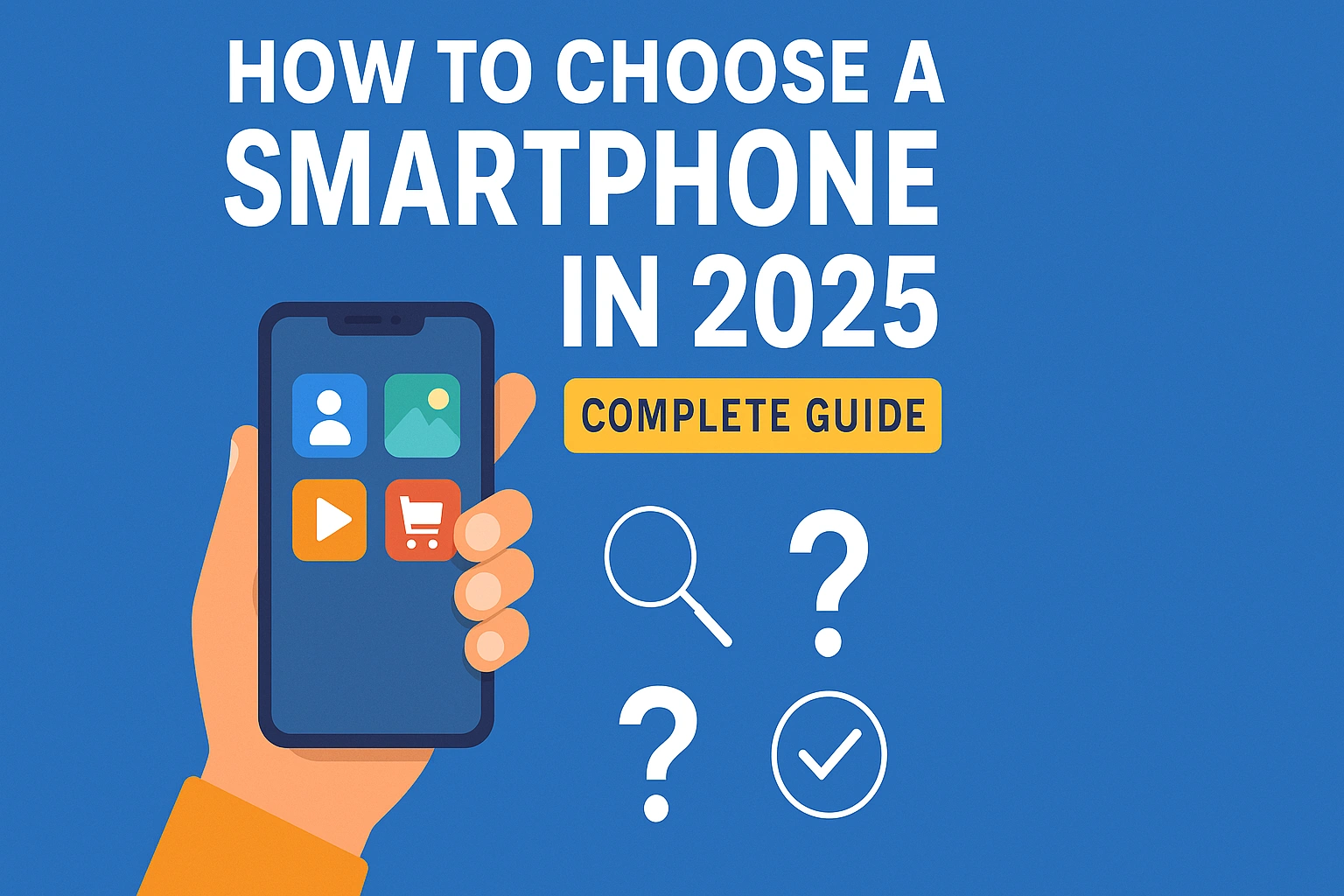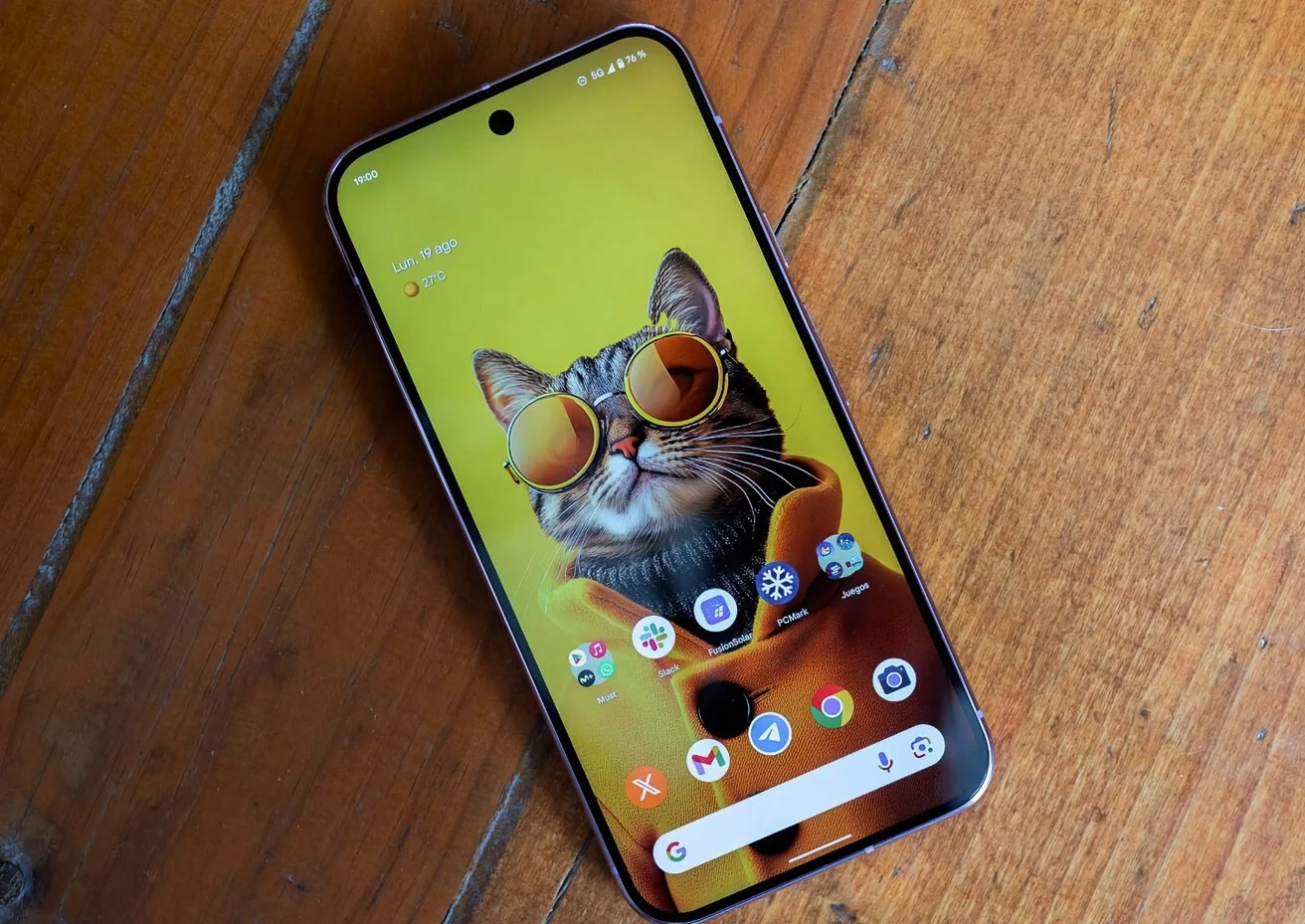In 2025, buying a smartphone is no longer a matter of choosing between “iPhone or Android.” The market has evolved: hundreds of models, dozens of brands, emerging technologies like integrated AI, foldable displays, cameras that rival DSLRs, and a relentless race for innovation.
With so many factors, it’s easy to get swayed by marketing and end up with a device that doesn’t suit your real needs. This in-depth guide is here to help you make an informed decision—based on real analysis, not flashy ads.
1. Define Your User Profile: Who Are You as a Mobile User?
Before looking at brands, prices, or specs, ask yourself:
-
Do you mostly use your phone for social media, video, and chat?
-
Do you play demanding games like Call of Duty Mobile or Genshin Impact?
-
Do you take lots of photos and want pro-level results?
-
Is your job tied to your phone (content creation, video calls, productivity)?
-
Or do you just need something reliable and long-lasting?
Whether you’re a basic, intermediate, advanced, content creator, or power user, knowing your level will help filter out the noise.
2. Operating System: Android vs iOS (Still Relevant?)
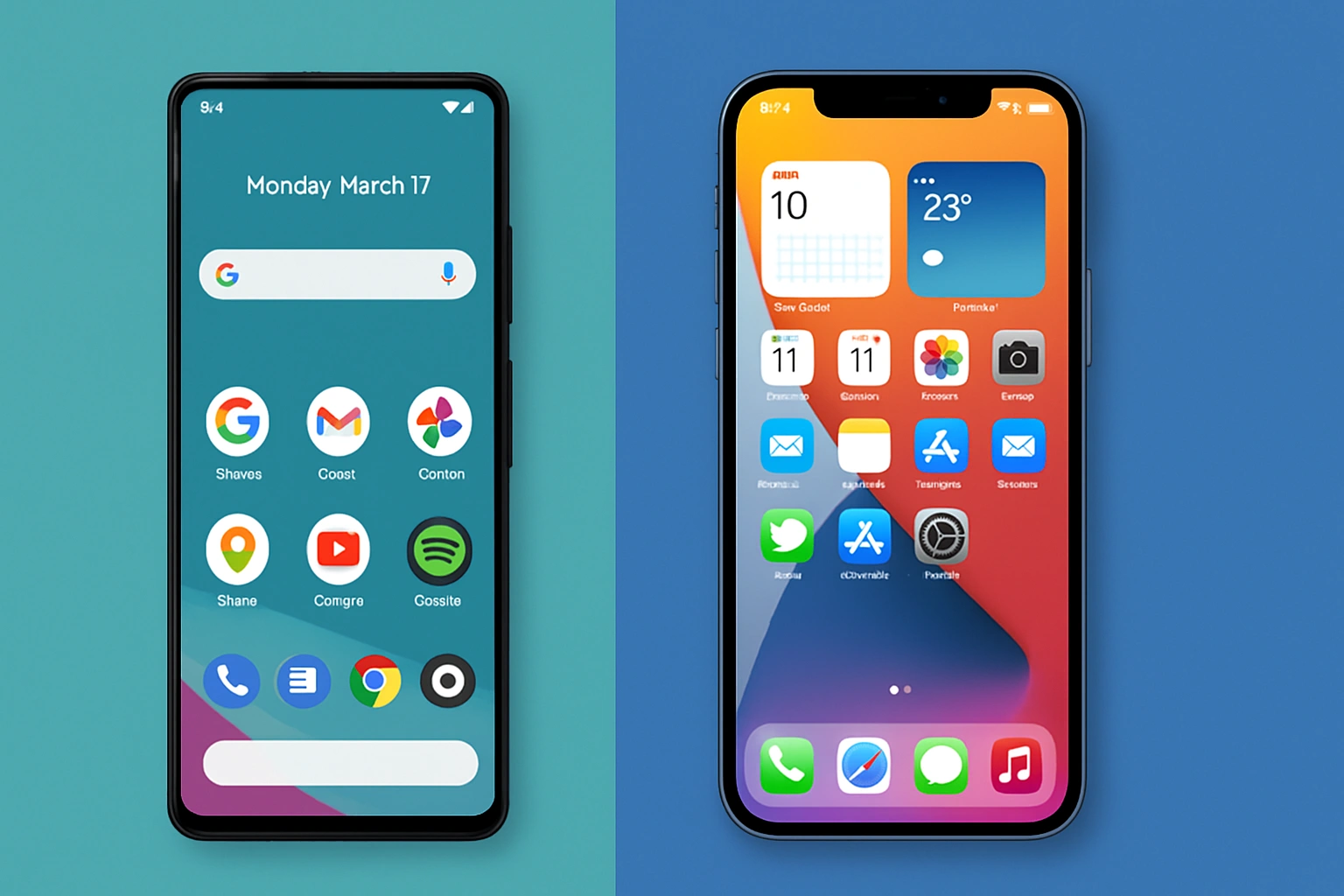
Android in 2025: More Freedom, More Complexity
Android offers massive variety—from budget-friendly phones to tech powerhouses like the Galaxy S25 Ultra or ASUS ROG Phone 8. That freedom, however, comes at a cost: software updates and overall performance can vary significantly between brands.
Pros:
-
Customization freedom
-
Compatibility with third-party tech
-
Broad price range
Cons:
-
OS fragmentation
-
Slow updates from many brands
-
Higher malware exposure (if misused)
iOS (iPhone): Stable but Restrictive
Apple’s ecosystem remains tightly controlled. With the iPhone 16 series, you get a smooth, uniform experience with fast updates and seamless integration across Apple devices.
Pros:
-
Strong ecosystem (Mac, Apple Watch, iPad)
-
Long update support (6–7 years)
-
High-level security
Cons:
-
Closed system
-
Limited customization
-
Expensive flagships
Verdict? If you’re already invested in an ecosystem (Apple or Google), switching only makes sense if you’re looking for major changes.
3. Processor: The Brain Behind Everything
| Processor | Best For |
|---|---|
| Snapdragon 8 Gen 3 | Gamers, heavy multitasking |
| Apple A18 Pro | Creators, iOS loyalists |
| MediaTek Dimensity 9300+ | Balanced performance/value |
| Exynos 2500 | Hybrid users (in Galaxy S25) |
Tip: If you need max performance (gaming, editing, AI), go for a flagship chip. If not, a Snapdragon 7 Gen 3 or Dimensity 8200 will serve you well.
4. Display: It’s Not Just Size
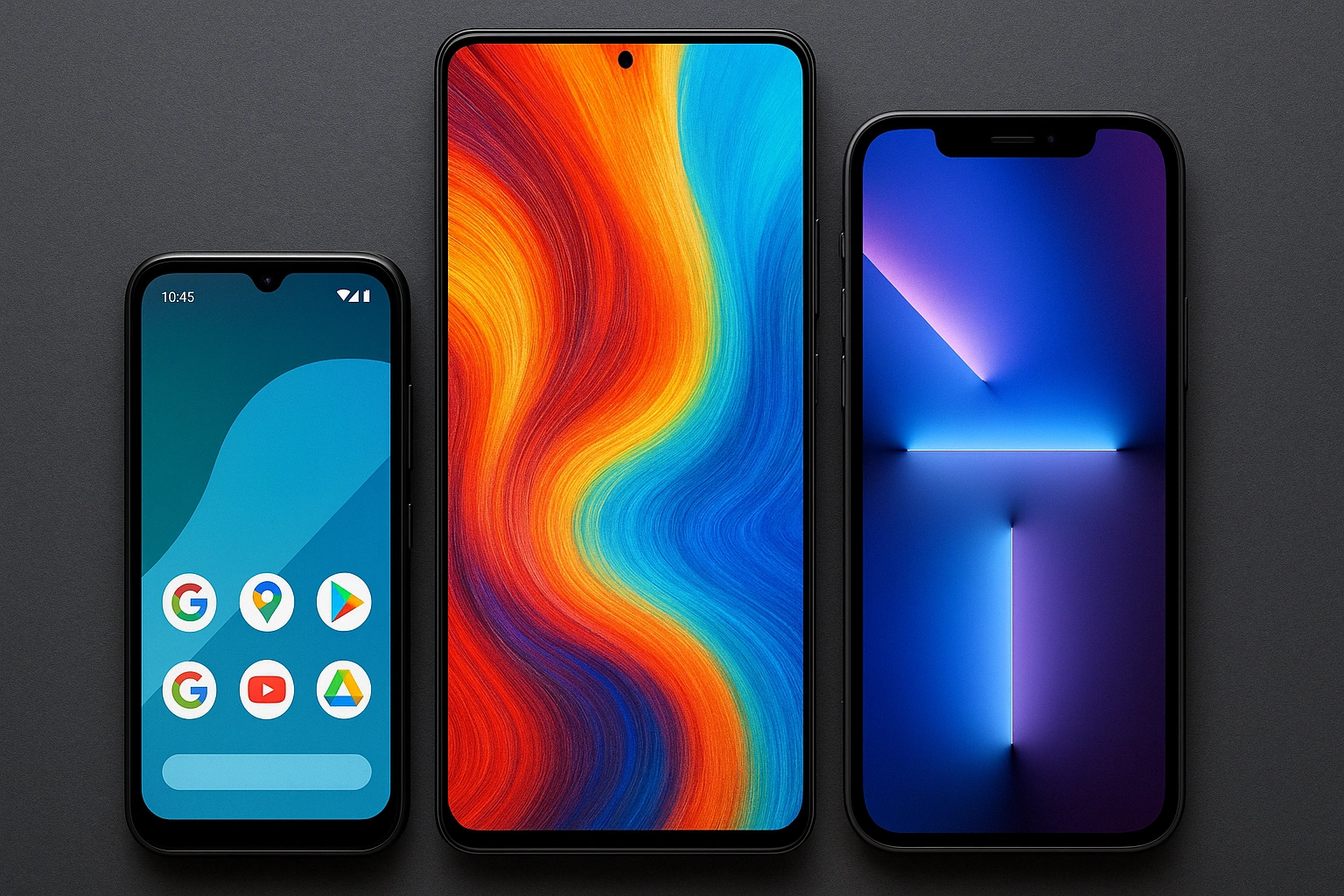
Key Aspects:
-
Panel Type: AMOLED > IPS for contrast and color.
-
Refresh Rate: 120Hz is standard; 144Hz+ for gaming.
-
Peak Brightness: Over 1500 nits is ideal for outdoor use.
-
Resolution: Full HD+ is enough; 2K is only noticeable on big screens.
What about foldable displays? They’re more refined now, but still expensive and less durable.
5. Cameras: Marketing vs Reality
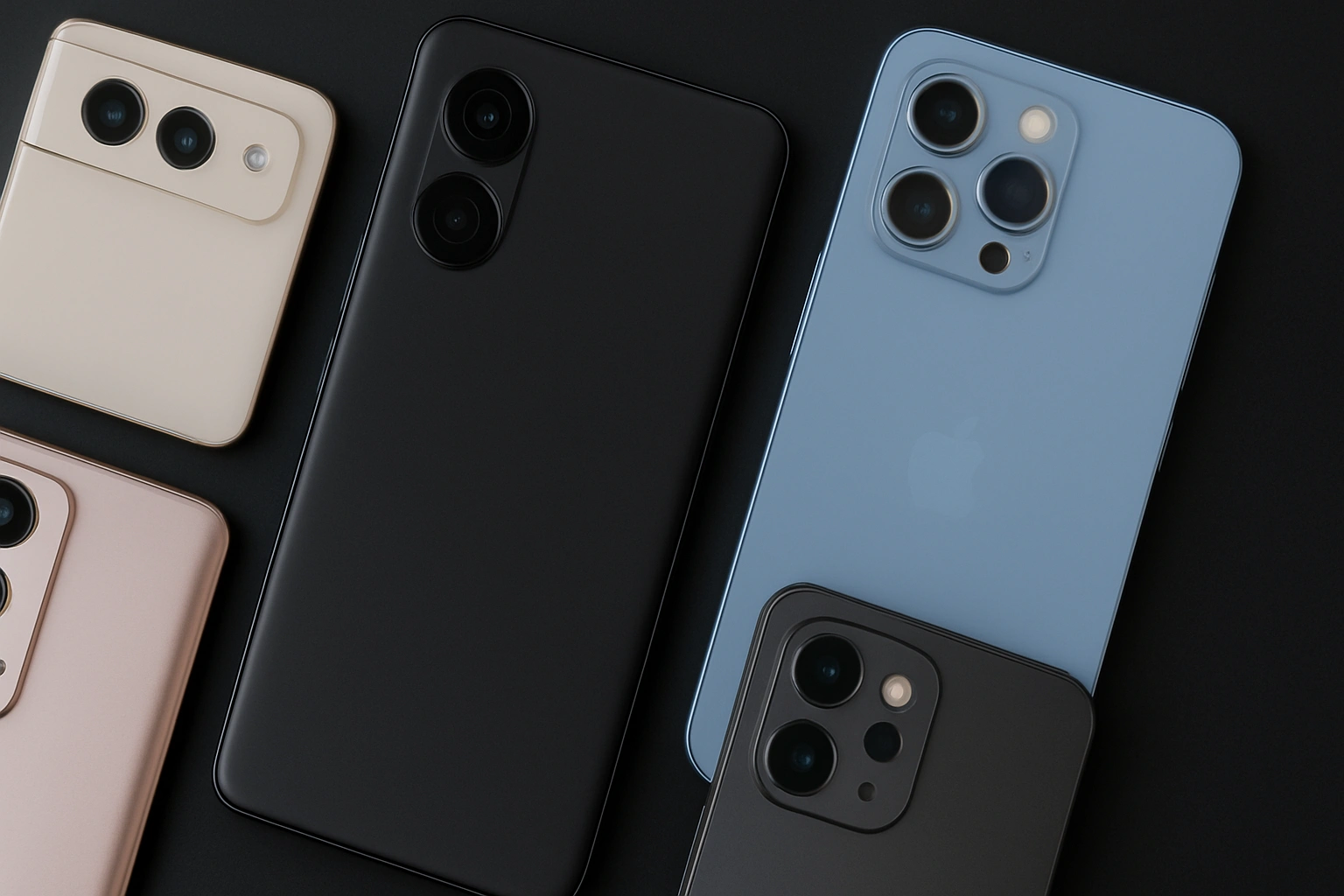
In 2025, many phones flaunt 108MP or 200MP sensors. But megapixels aren’t everything. Image processing and sensor quality matter more.
What to Look For:
-
Main Sensor (Sony IMX and Samsung GN are leaders)
-
Image Signal Processor (ISP)
-
OIS (Optical Stabilization) for steady shots
-
True Night Mode (not all are effective)
-
Real Optical Zoom vs Fake Digital Zoom
Pro Tip: Specs can mislead. Watch real-world tests and expert comparisons.
6. Battery & Charging: The Invisible Power
Battery life isn’t just about mAh. Consider:
-
Processor efficiency
-
Screen refresh rate
-
Fast charging: Some phones now offer 100W+
-
Wireless charging: Still handy if you’re into ecosystems
Solid-state batteries? Not yet. Still in R&D.
7. Design & Materials: More Than Looks
Design matters, but in 2025, so do materials and sustainability:
-
Recycled glass, aluminum frames, and ceramic backs are trending.
-
Models like the iPhone 16E and Pixel 9a balance aesthetics with durability.
-
IP68+ ratings are crucial for outdoor use.
Pro Tip: Don’t choose based on looks alone. Grip, weight, and materials affect usability.
8. Connectivity: The Underrated Factor
![]()
-
5G SA/NSA is common, but modem quality varies.
-
Wi-Fi 7 is emerging, but Wi-Fi 6E is still more widely supported.
-
Bluetooth 5.3 improves power and audio quality.
-
eSIM & Dual SIM: Essential for frequent travelers or dual-line users.
9. Software & Updates: Often Overlooked
Apple:
-
Up to 7 years of iOS updates
-
Better support for pro apps
Android:
-
Pixel and Samsung lead with up to 5 years
-
Chinese brands still inconsistent
Reality check: Good software can be more important than a 200MP camera or 16GB of RAM.
10. Budget: What Should You Spend?
-
🔹 Under $300: Basic phones for casual users
-
🔸 $300–$600: Strong mid-rangers (Pixel, Galaxy A5x, Nothing Phone)
-
🔺 $600–$900: Upper mid-range or budget flagships
-
🟥 $1000+: Only if you need pro-level cameras, AI, or long-term value
What you should always do before buying a smartphone in 2025
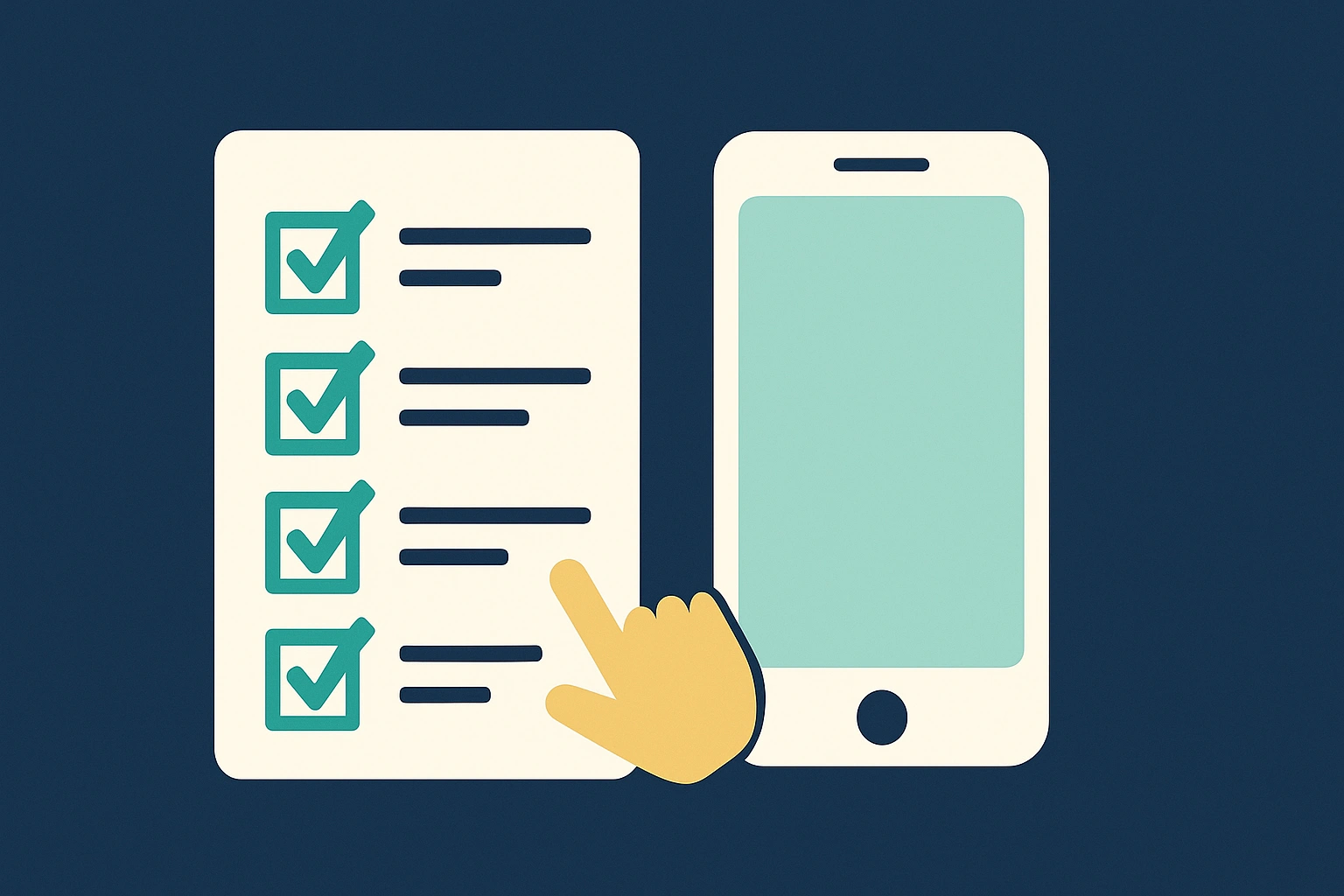
✅ List your real needs
✅ Set a clear budget
✅ Read trustworthy reviews (not just influencers)
✅ Try the device or watch in-depth test videos
✅ Don’t fall for marketing hype—more doesn’t always mean better
📌 In 2025, buying a smartphone can be a challenge—but also a great opportunity to choose wisely. Look past the trends and find what truly matters to you.

